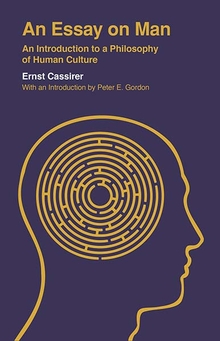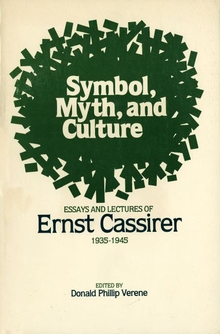Drawing and the Blind
WARNING
You are viewing an older version of the Yalebooks website. Please visit out new website with more updated information and a better user experience: https://www.yalebooks.com
Pictures to Touch
John M. Kennedy
Kennedy argues that space perception is possible through touch as well as through sight, and aspects of perspective are found in pictures by the blind. He shows that blind people recognize when pictures of objects are drawn incorrectly. According to Kennedy, the incorrect features are often deliberate attempts to represent properties of objects that cannot be shown in a picture. These metaphors, as Kennedy describes them, can be interpreted by the blind and the sighted in the same way.
Kennedy’s findings are vitally important for studies in perceptual and cognitive psychology, the philosophy of representation, and education. His conclusions have practical significance as well, offering inspiration and guidelines for those who seek to engineer ways to allow blind and visually impaired people to gain access to information only available in graphs, figures, and pictures.
"This book will contribute to our understanding of perception and blindness and the role that visual experience plays in the development of spatial imagery and comprehension."—John J. Rieser, Vanderbilt University
"The rich experimental documentation presented by Kennedy provides us with definitive knowledge on the ability of the blind to represent objects by simple line drawings and to profit from this useful too as much as do the sighted."—Rudolph Arnheim, Journal of Aesthetic Education
"A fascinating book. It is methodical and clear, and it sheds fresh light on our understanding of vision, touch, depiction, and metaphor. More than that, it is an enjoyable book. Kennedy is obviously a humane and sympathetic investigator."—Dominic Lopes, Journal of Aesthetics & Art Criticism
"A material contribution to the field. . . . It can be highly recommended."—Norman Freeman, Perception
"This book will be useful to the reader interested in a detailed analysis of human perception and how perception influences decision-making within the drawing process—whether we are sighted, visually impaired, or blind. . . . By establishing that the blind can make use of the drawing process for self-expression, Kennedy challenges long-held assumptions and conventions in the field of art therapy. He does so with discriminating and intelligent observation, thorough and respectful study of people in relation to drawing, and an enjoyably discreet sense of humor."—Katherine Paras, American Journal of Art Therapy
Publication Date: June 23, 1993








